What is hybrid engine technology
What is Hybrid engine:-
Meaning of hybrid engine:-
Do you know what a hybrid car technology ? A hybrid car needs to combine at least one electric motor with a gasoline engine, and its system drains energy through regenerative braking.
Sometimes the electric motor does all the work, sometimes it runs with a gas engine, and sometimes they work together. The result is that less petrol is burnt and, therefore, achieving better fuel economy. Adding electric power can boost performance in some cases.
What is hybrid engine technology.
With all of them, the power comes from a high-voltage battery pack (different from the car's traditional 12-volt battery) that is replenished by capturing energy from the deceleration that would normally be lost by the heat generated by the brakes in conventional cars is. (This is through regenerative braking system)
Type of Hybrid Engine:-
1. Parallel Hybrid:-
In this most common design, the electric motor (s) and gasoline engine are connected in a common transmission that mixes the two power sources. That transmission can be an automatic, a manual or a Continuous Variable Transmission (CVT).
A very popular hybrid transmission is the power-split CVT, used by the Toyota Prius and Chevrolet Volt. Transmission type and gasoline engine size are the main factors that determine how a parallel hybrid will accelerate, sound and feel.
2. Series Hybrid:-
In this design, the electric motor (s) provides all the thrust, and there is never a physical mechanical relationship between the engine and the wheels. The petrol engine is only for recharging the battery. This gives a driving experience that is more indicative of an electric car, with smoother, powerful acceleration.
There is usually less vibration when a gasoline engine is attached. However, this engagement is not always in concert with what your right leg is doing (remember, the battery is demanding), so the engine may be exposed while the car is cruising at a steady pace.
3. Series parallel hybrid:-
4. Plug-In Hybrid:-
The plug-in hybrid extends the traditional hybrid concept with a much larger battery pack that, like an electric car, must be fully recharged using an external power source - from your home, office, or public charging station.
This greater amount of energy storage is like a large gas tank: it allows extended all-electric driving (between 15 and 55 miles depending on the model) and can significantly reduce fuel consumption.
In fact, if you have short commutes and night recharges, you will be electrocuted most of the time. Should you cater to the all-electric range, the car basically honors being a traditional parallel hybrid.
Mode of Working of Plug-in Hybrid Electric Vehicle:-
This kind of vehicle generally works into two mode.
1. Electric Mode:- All-electric Mode, in which the motor and battery provide all the car’s energy.
2. Hybrid Mode:- Hybrid Mode, in which both electricity and petrol/diesel are used.
Working Components of Plug-in Hybrid Electric Vehicle:-
1. Electric Motor:- It helps to run the vehicle by the electric energy.
2. Engine:- It helps to run the vehicle by the fuel or chemical energy.
plug-in-hybrid-electric-vehicle
3. Inverter:- Inverter helps to convert DC current into the AC current.
4. Battery:- Battery used to store the electric energy for the vehicle.
5. Fuel Tank:- Fuel tank is used to store the fuel.
6. Control Module:- The Control module is works like a brain of the vehicle. It control on the all functioning of the vehicle.
7. Battery Charger:- The Battery charger is used to recharge the battery like a smart phone.
Working Principles of Plug-in Hybrid Electric Vehicle:-
Plug-in Hybrid Electric Vehicle start-up in all-electric mode and make use of electricity until their battery pack is depleted. Once the battery gets drained, the engine takes over, and the vehicle operates as a conventional, non-plug-in hybrid. Plug-in Hybrid Electric Vehicle can be charged by plugging into an outside electric power source, engine, or regenerative braking. When brakes are applied, the electric motor acts as a generator, using the energy to charge the battery. The engine’s power is supplemented by the electric motor; as a result, smaller engines can be used, increasing the car’s fuel efficiency without compromising performance.
Examples of Plug-in Hybrid Electric Vehicle:-
1. Porsche Cayenne S E-Hybrid.
2. BMW 330e.
3. Porsche Panamera S E-hybrid.
4. Chevy Volt.
5. Chrysler Pacifica.
6. Ford C-Max Energy.
7. Mercedes C350e.
plug-in-hybrid-electric-vehicle
Advantage of Plug-in Hybrid Electric Vehicle:-
1. According to the requirements we can use it on the fuel energy or electric energy.
2. Low maintenance as compared to regular vehicle.
3. Low cost as compared to regular vehicle.
Description of Hybrid Electric Vehicle:-
The Hybrid Electric Vehicle have a short name which one is HEVs. The Hybrid Electric Vehicle is basically available into two variants the first one is series hybrid and second one is parallel hybrid. According to its name the Hybrid Electric Vehicle have both engine and electric motor. The engine generate energy from fuel, and the motor electricity energy from batteries. The transmission is rotated simultaneously by both engine and electric motor due to which the drives transmit till the wheels and vehicle moves forward and reverse as per required.
Working parts of Hybrid Electric Vehicle:-
1. Engine:- The engine generate energy by using fuel for giving drive to the vehicle.
2. Electric Motor:- The electric motor helps to drive vehicle by using electric energy.
3. Battery pack:- The battery pack is used to store the electricity in DC (direct current) formation.
4. Controller:- The controller works as a ECM (electronic control module) it control the all functioning of vehicle and engine also.
5. Inverter:- The inverter used to convert the DC (direct current) into the AC (alternative current).
6. Fuel tank:- As usual fuel tank is used to store the fuel.
hybrid-electric-vehicle
Working Principles of Hybrid Electric Vehicle:-
When used fuel than the hybrid electric vehicle works like a regular car, in this condition the fuel supplies from fuel tank to the engine and engine generate the energy for drive the vehicle. But when the hybrid electric vehicle runs on the battery mode then DC current from battery pack goes to the inverter and convert into the AC current by the inverter thanafter the AC current goes to the motor and motor gets start work. The motor gives drive to the transmission and the same goes to till the wheel and vehicle moves forward and reverse according to the requirements. There is a another advantage is that we can also used both fuel and battery mode together in the hybrid electric vehicle.
Examples of Hybrid Electric Vehicle:-
1. Honda Accord Hybrid Electric vehicle:-
The Japanese automobile company Honda launched its hybrid electric vehicle as a competitor of the Toyota Camry, the Accord only comes in a hybrid version and in is sold in India as a completely built unit (CBU).
2. Mahindra e2oPlus Hybrid Electric vehicle:-
Mahindra and Mahindra is the largest Indian automobile company which only selling electric four-wheelers in India. While the journey of electric vehicle was started than the Mahindra and Mahindra comes with two-door Mahindra e2o (previously know as Reva e2o) but the company has now replaced with best and bigger four-door Mahindra e2oPlus electric hatchback which was launched in India in October 2016.
hybrid-electric-vehicle
3. Mahindra eVerito Hybrid Electric vehicle:-
After e20Plus the Mahindra and Mahindra company was launched the second electric passenger car is the eVerito. It built on the sedan platform, the eVerito is powered by the same electric motor as the e2oPlus that comes with a 72V battery pack. In fact, the power and torque are also the same at 40 bhp and 91 Nm respectively.
4. Toyota Camry Hybrid Electric vehicle:-
The Toyota Camry is one of the best hybrid electric vehicle in India. The Camry comes in both petrol and hybrid models and it is the latter the has accounted for 70 per cent of the car's sales in India. The Camry hybrid is not a plug-in hybrid but has been the bread winner for Toyota in this segment. It is powered by the company's DOHC VVT-i 2.5-litre petrol unit paired to an electric motor. The output tally of the hybrid system stands at 202bhp; 158bhp from the petrol motor, and 44bhp from the electric motor
5. Volvo XC90 T8 Plug-In Hybrid Electric vehicle:-
The Volvo company is launched the Plug-In Hybrid version of the XC90 in India and well, it was the first SUV of its kind to hit the Indian shores.
hybrid-electric-vehicle
Advantage of Hybrid Electric Vehicle:-
1. According to the requirements we can use it on the fuel energy or electric energy.
2. Low maintenance as compared to regular vehicle.
3. Low cost as compared to regular vehicle.
Description of Battery Electric Vehicle:-
Working Parts of Battery Electric Vehicle:-
battery-electric-vehicle
Working Principles of Battery Electrical Vehicle:-
Examples of Battery Electric Vehicle:-
Advantage of Battery Electric Vehicle:-
battery-electric-vehicle
Dis-advantage of Battery Electric Vehicle:-
5. Mild Hybrid:-
All of the above are considered "complete hybrids", meaning that the electric motor is capable of pushing the car ahead of itself, even if it is for a short distance. In "mild" hybrids, this cannot happen.
Originally conceived as a simple and inexpensive means of bringing hybrid technology to market, light hybrids do not improve fuel economy to the extent that a full hybrid system can. As such, he never enjoyed the same popularity.
More recently, however, lightweight hybrid power trains are making a comeback as evidence of the adoption of the 48-volt electrical subsystem in vehicles such as the Ram 1500, Mercedes-Benz E-Class, and Audi A6, A7, and A8.
6. Micro hybrid:-
Component of Hybrid technology / car:-
1. Battery:-
In an electric drive vehicle, auxiliary battery traction provides power to start the car before the battery is engaged and also provides vehicle accessories.
2. DC Converter:-
This device converts high-voltage DC power from traction battery packs to low-voltage DC power, which is required to drive vehicle accessories and recharge auxiliary batteries.
3. Electric Generator:-
Generates power from rotating wheels while braking, transferring that energy back to the traction battery pack. Some vehicles use motor generators that perform drive and regeneration functions.
4. Electric Traction Motor:-
Using electric power from a traction battery pack, it drives the wheels of the vehicle. Some vehicles use motor generators that perform drive and regeneration functions.
5. Exhaust System:-
The exhaust system expels exhaust gases from the engine through the tailpipe. A three-way catalyst is designed to reduce engine-out emissions within the exhaust system.
6. Fuel Filler:-
Connects the receptacle to the vehicle to fill a nozzle tank with a high-pressure dispenser.
7. Fuel Tank:-
This tank stores petrol on the vehicle until it is needed by the engine.
8. Internal Combustion Engine:-
In this configuration, fuel is either injected into the intake manifold or the combustion chamber, where it is combined with air, and the air / fuel mixture from the spark plug is ignited by the spark.
9. Power Electronic Control:-
This unit manages the flow of electric energy delivered by the traction battery, which controls the speed of the electric traction motor and produces torque.
10. Thermal System:-
This system maintains a reasonable operating temperature range of engines, electric motors, power electronics and other components.
11. Traction Battery Pack:-
Electric traction stores electricity for use by motor.




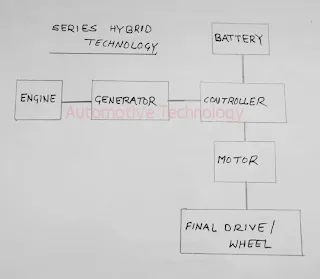
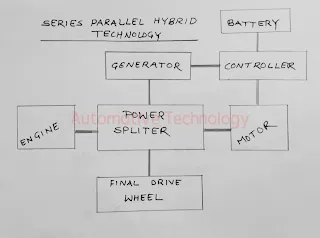

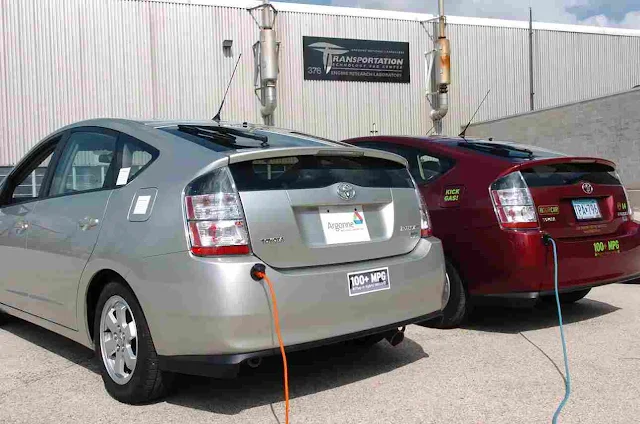
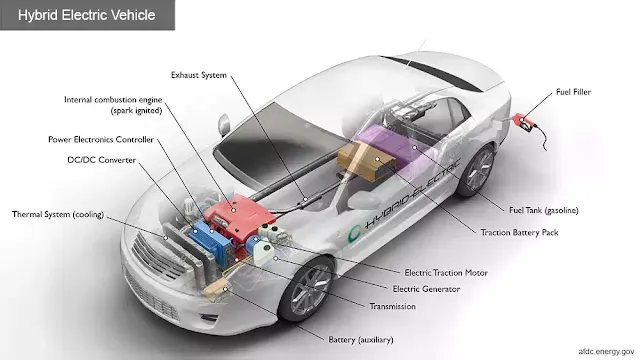
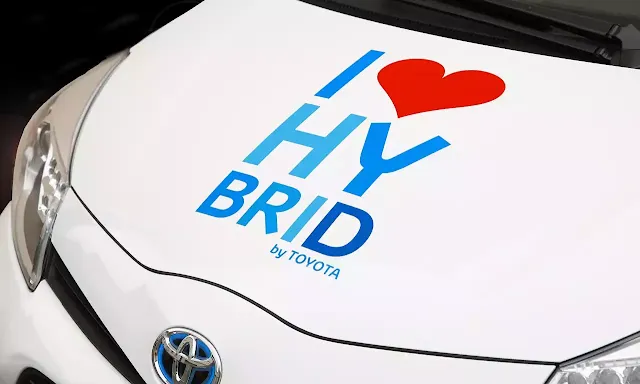
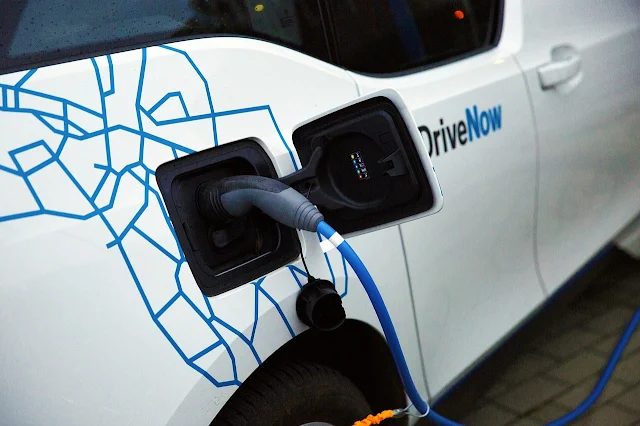
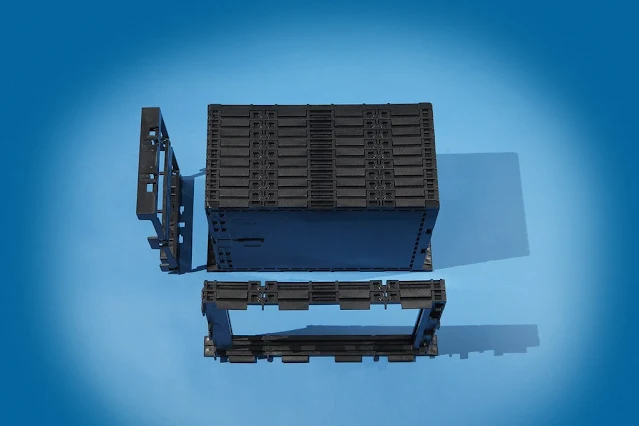

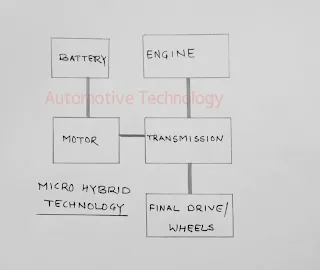


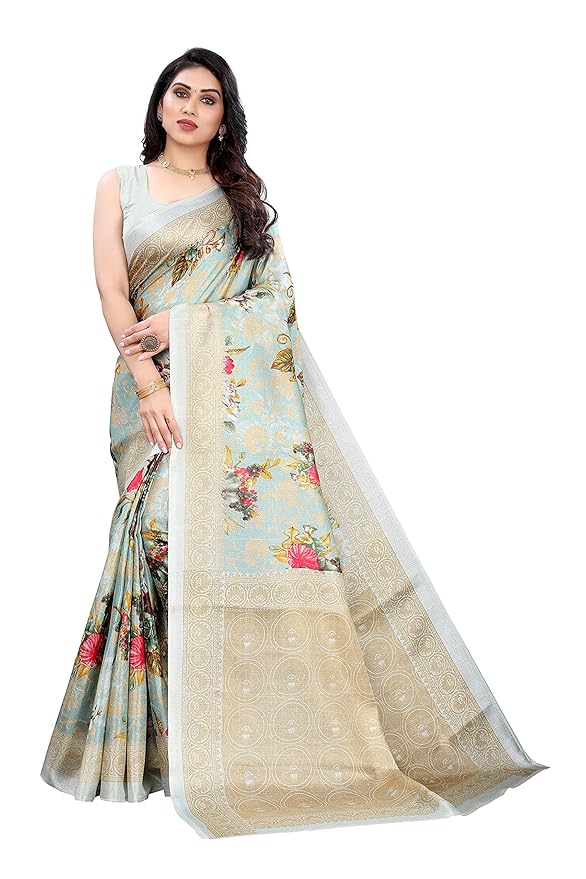

0 Comments